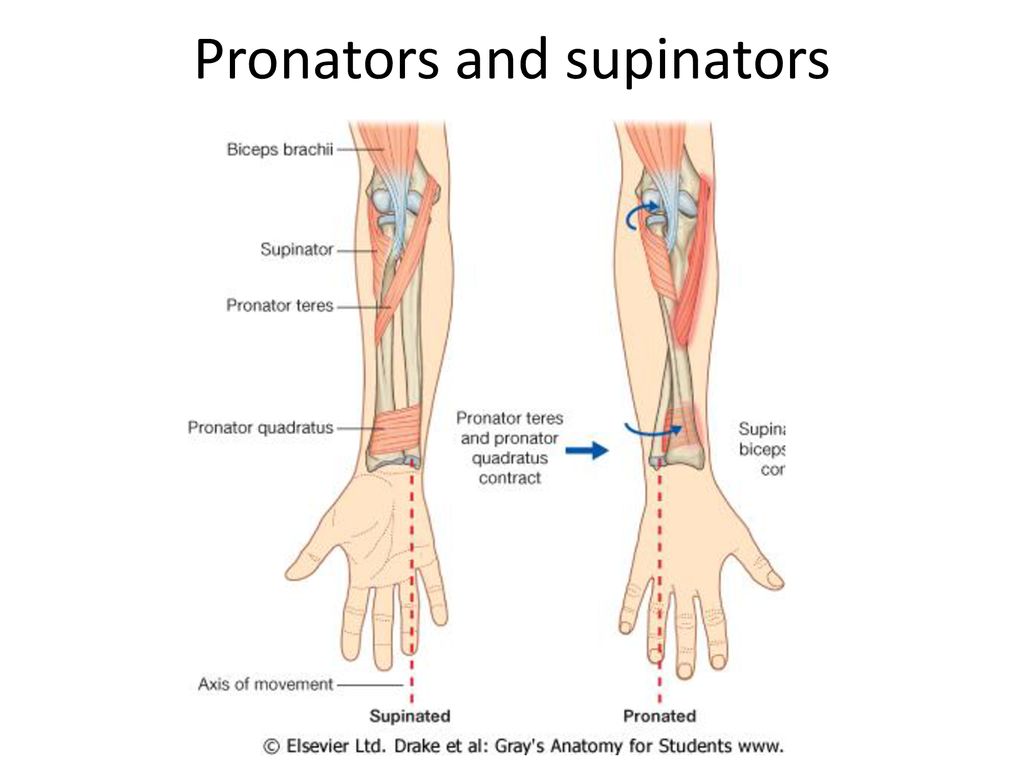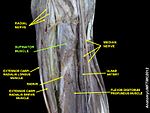Roads & PavementRoads & Pavement
Barefoot
Minimal
Low
Medium
High
Maximal
All around running shoes offer comfort and cushioning for daily runs, jogs, walks, and long mileage. They offer enough versatility for both faster and slower runs and are a great option for those who want one running shoe to do it all.
Fast run or uptempo running shoes are lightweight and responsive. They offer streamlined designs that have minimal uppers and offer a high level of energy return. These shoes are a great option for faster runs in the week or those looking for a livelier experience.
Max Cushion shoes offer premium cushioning with ample ground protection and a stable ride. These types of shoes provide abundant impact protection that softens landings while running at any pace or distance. These types of shoes are best for slower recovery runs and easy days where comfort takes priority.
Racing shoes are designed with optimal performance in mind. These types of shoes have snug-fitting uppers, energetic midsole foams, and features implemented for maximum efficiency. These types of shoes are best for runners looking to gain the ultimate advantage in races but may sacrifice some durability and comfort.
Gym Workout shoes offer a stable and versatile ride. They have a firmer underfoot feeling that provides stability for lateral movements with comfortable uppers. These types of shoes are best for trips to the gyms, cross training, casual wear, and light running. Supinator Muscle Injuries Achieving Easy Supination
Road running shoes feature smooth outsoles that are designed for running on paved surfaces such as roads, sidewalks, and bike paths.
Designed to handle most trail runs, these shoes prioritize comfort and a smooth ride. These shoes are great for anything from smooth singletrack, park trails, and fireroads making them ideal for those who run from their doorstep on streets before hitting the trail.
These shoes are best used for hard, rugged trails such as shale, granite or sandstone where grip on smooth surfaces and underfoot protection are important.
Designed for use in muddy, soggy conditions, these shoes feature very aggressive outsoles that dig deep into soft ground for exceptional traction.
These shoes feature technical outsoles designed to grip snowy and icy trails making them ideal for winter trail running.
Cushioning level, or stack height, refers to how much shoe is between your foot and the ground. For this category, we reference the amount of cushioning below the forefoot as the heel height will be equal to or greater than the forefoot height.
Transfer of the supinator muscle to the extensor pollicis brevis
0-13mm. The Shoe generally does not have a midsole and feels like there is no cushioning. This shoe is all about feeling the ground underfoot.
14-18mm. The shoe has a thin midsole that allows for a natural running experience. Racing shoes and minimalist shoes are common here. These shoes offer a feeling of being connected to the road or trail.
19-23mm. The shoe has a slightly cushioned feel and may feature added cushioning technologies. Performance training shoes and some trail shoes are common here. These offer protection during footstrike but prioritize a lightweight, grounded experience.
24-28mm. These shoes have a stack height that fall near the middle of the spectrum.The shoes in this category are verstaile and great for all types of runs and distances.
29-34mm. The shoe has a thick midsole and ample cushioning. These shoes are highly protective and absorb more impact than the body.
35mm plus. The shoe has an extremely thick midsole and extra cushioning. The focus is on protection and soft foam underfoot with hardly any ground feel.
Neutral shoes support the foot through a normal range of arch collapse and generally do not have a built-in technology to correct movement.
Stability shoes are a great option for those who overpronate or need added support. These shoes help to limit the inward rolling motion of the ankle while running or walking and assist in guiding the foot straight through the gait cycle. Intrinsic muscles of the forelimb pronators and supinators of the
Product Details:
Supinator muscle Wikipedia hotsell, Upper Arm Elbow and Forearm ppt download hotsell, Intrinsic muscles of the forelimb pronators and supinators of the hotsell, Transfer of the supinator muscle to the extensor pollicis brevis hotsell, Supinator Muscle Injuries Achieving Easy Supination hotsell, NeuroKinetic Therapy A very important foot relationship is that hotsell, Anatomy of the Upper Limb Supinator Muscle hotsell, Supinator The Trigger Point Referred Pain Guide hotsell, FIG. 5 34 Supinators of the forearm 1 supina O P Digital hotsell, Radiaal tunnelsyndroom Tenniselleboog hotsell, 3. Pronators And Supinators Of The Hand hotsell, Supinator muscles hi res stock photography and images Alamy hotsell, Supinator Origin insertion and action Kenhub hotsell, The Supinator and Pronator Muscles Anatomy How to memorize hotsell, Posterior Extensors Supinators Deep Diagram Quizlet hotsell, Peter Cox Forearm Pronators Supinators 2017 The Art Spirit hotsell, Being a computer programmer and NeuroKinetic Therapy Facebook hotsell, Children s orthopedic insoles Kids Supinators ORTHOTEH hotsell, Transfer of the supinator muscle to the extensor pollicis brevis hotsell, Supinator Stretching Learn Muscles hotsell, Modern surgery general and operative . re arm flexors . This hotsell, Supinator Anatomie und Funktion hotsell, Supinator Forearm and Thumb Pain West Suburban Pain Relief hotsell, Drawsh The Supinator and Pronator Muscles hotsell, Supinator Muscle Innervation Origin Insertion Study hotsell, Drawsh The Supinator and Pronator Muscles hotsell, 1.2.8 to 1.2.10 muscles Flashcards Quizlet hotsell, Anatomy Of The Supinator Muscle Everything You Need To Know Dr hotsell, Supinator Syndrome The Great Imitator for Lateral Epicondylitis hotsell, Supinator Forearm and Thumb Pain West Suburban Pain Relief hotsell, Supinator Origin Insertion Nerve Supply Action How To hotsell, Two Minutes of Anatomy Supinator Muscle hotsell, Supinator Syndrome Radial Tunnel Syndrome Cause Treatment hotsell, Supinator Origin insertion and action Kenhub hotsell, Which of the following muscles supinates the forearm A. Biceps hotsell, Supinator Forearm and Thumb Pain West Suburban Pain Relief hotsell, Supinator Muscle Innervation Origin Insertion Study hotsell, Supinator muscle Origin Insertion Function Exercise Samarpan hotsell, Supinator muscle Wikipedia hotsell, Supinator Syndrome The Great Imitator for Lateral Epicondylitis hotsell, Supinator Physiopedia hotsell, Supinator Anatomy Orthobullets hotsell, Supinator Physiopedia hotsell, Brachioradialis an overview ScienceDirect Topics hotsell, Name three supinator muscles of the forearm. Homework.Study hotsell, Supinator Syndrome The Great Imitator for Lateral Epicondylitis hotsell, Supinator Learn Muscles hotsell, Supinator Origin insertion and action Kenhub hotsell, Supinator Attachments Action TeachMeAnatomy hotsell, Supinator Rehab My Patient hotsell, Product Info:
Supinators hotsell.
- Increased inherent stability
- Smooth transitions
- All day comfort
Model Number: SKU#7461794





